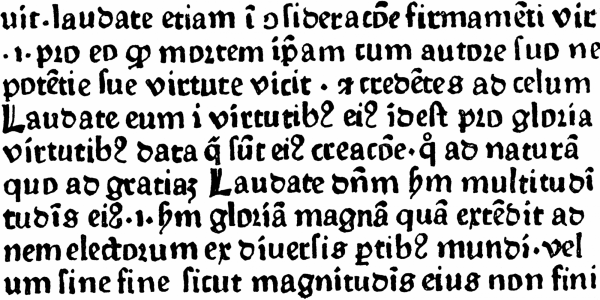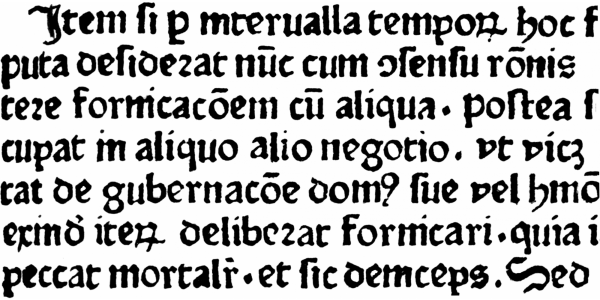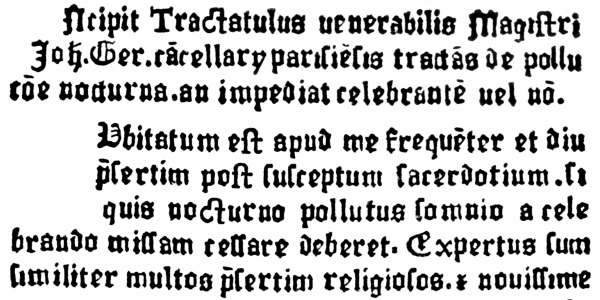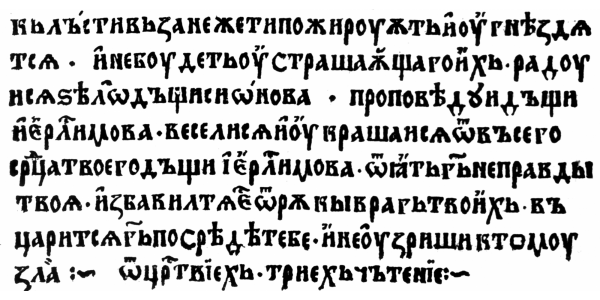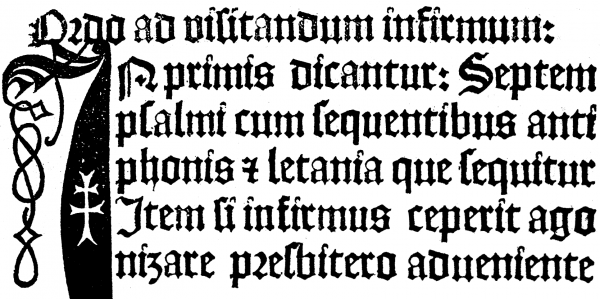Incunabula (1474–1500)
The period of the 15th century prints, i.e. incunabula (Latin in cunabulis = in a cradle, in nappies). The earliest prints, from the time of the Johannes Gutenberg's workshop until the end of the 15th century, are also called paleotypes.
The function, form and technology of making printing types, remained fundamentally unchanged for five hundred years. The process came to life during the work of Johannes Gutenberg (ca.1399–1468), who since as early as the times of the Renaissance was called ‘the father of printing’. After long-term attempts, the inventor constructed an apparatus for casting permanent types – metal matrices which ensured the repeatability of identical precise casts. He also developed a practical method of composing text columns and printing them with the use of an appropriate press. Gutenberg's largest and most famous typographic work was the two-volume Bible (known as the 42-line Bible) printed in Mainz in the years 1452–1455 – the first book in Europe to be printed with movable type.
The vast majority of incunabula had unprinted spaces on their pages for rubricators and illuminators, decorating the prints with hand-painted initials or ornaments. In Poland, the printing is done by six typographers in Kraków, Wrocław, Gdańsk, Chełmno Pomorskie and Malbork.

